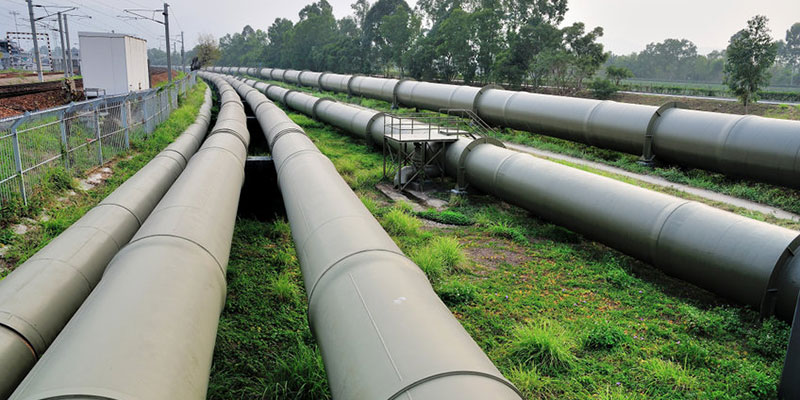The high cost of extensive pipelining is one of the big reasons that decentralized water and wastewater treatment make sense.
In addressing water and wastewater infrastructure needs, the two can remove both logistical and financial barriers
In traditional infrastructure project development, there are many potential obstacles from the outset. But two water management solutions, used together or separately, can remove these obstacles in transformational ways.
Decentralized water and wastewater systems overcome many logistical barriers to extending water services to millions. And, the public-private partnership (PPP) contract model can efficiently remove financial barriers. Each is an elegant solution in its own right.
Decentralized Treatment
For many years, the dominant model of water and wastewater treatment has been using centralized plants connected to surrounding areas via miles of costly pipeline and a network of pumping stations. These systems may require multi-jurisdictional negotiations, face difficult terrain, or have to be rerouted around sensitive cultural sites or ecosystems.
Building large plants is a long, prohibitively expensive process. Pumping water long-distance costs more, and lengthy pipelines are vulnerable to expensive maintenance problems, including leaks. Globally, combatting non-revenue water from degrading pipe networks has become a daunting challenge.
In contrast, decentralized treatment, or placing smaller plants at the source of need, eliminates the many shortcomings of traditional infrastructure projects. Decentralization can make use of newer modular systems, which save money through energy-efficient technology and lower maintenance requirements. And on-site treatment lets communities treat and reuse their own wastewater.
Removing Financial Barriers With PPPs
Even with the savings associated with decentralized systems, it can be challenging for some municipalities to secure the initial capital investment.
Partnerships between public entities and private providers, however, can shift risk and the burden of financing to the private partner. A specialized water company is equipped to conduct a high-confidence risk assessment and finance a project, often with no upfront investment from the public partner.
On top of the upfront investment, ongoing operations and maintenance may be expensive and difficult to manage. Extensive policies and procedures must be developed, a skilled workforce needs to be attracted and retained, there can be unexpected expenses, and the plant must comply with regulations.
PPPs, however, bundle construction or updating of plants and O&M in one contract, which gives the private partner an incentive to build quality infrastructure that needs less maintenance, and to handle all workforce, upkeep, and regulatory challenges.
A Turbulent Start
When the PPP space first began to open up, concerns with the practices of a number of multinationals led to refinements in PPP structuring. Focus shifted to performance-based contracting, with payment linked to output.
Today, some contract models are increasingly favored for their ability to deliver infrastructure with no upfront cost, leverage expertise, and unburden clients from financial risk. These include the build-own-operate (BOO) and build-own-operate-transfer (BOOT) contracts offered by Fluence’s Water Management Services. With Water Management Services, Fluence finances the build, operation, and maintenance of the plant, while the customer pays for the output – clean water.
Jurisdictions worldwide — from American states to Southeast Asian countries — are unveiling new PPP laws to help water management take advantage of their benefits. Contact Fluence to explore the advantages a PPP has to offer your service area.

